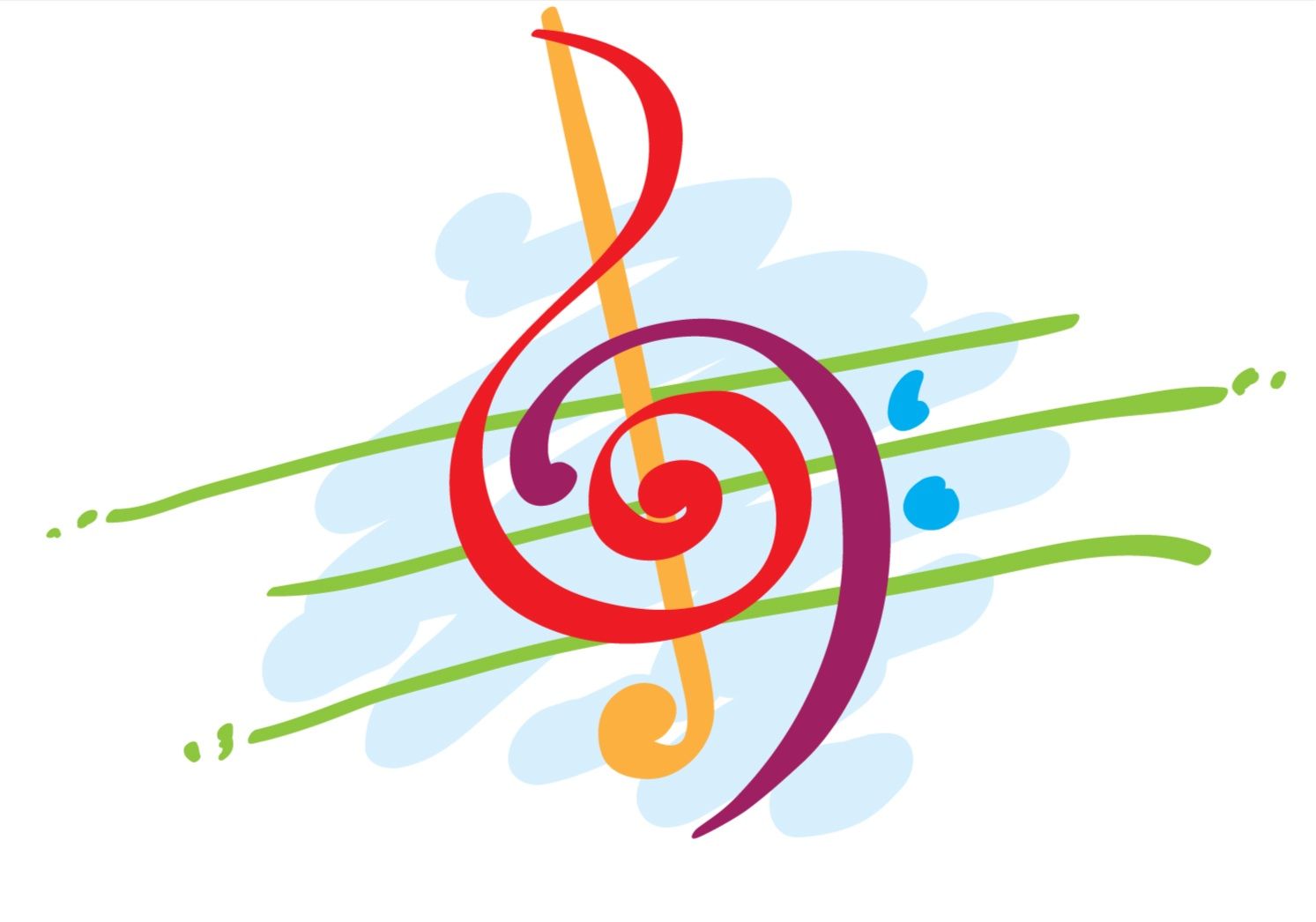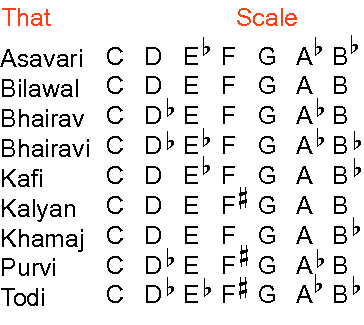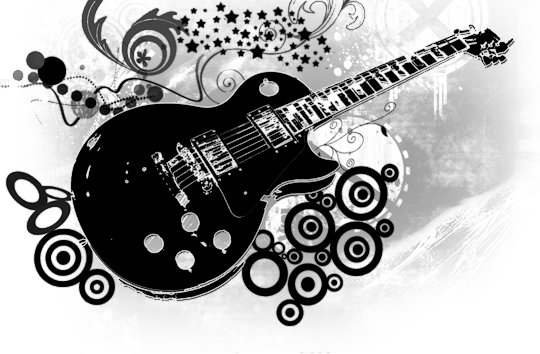Similarity between INDIAN CLASSICAL and WESTERN MUSIC EXPLAINED

I stared my journey in music since my age of 5. Without realizing much I started Indian classical music and I continued learning. Often I used to get bored practicing classical music as this sound not much excited to me. Years later when I actually felt the mood, I started digging more into it. Started listening the legends of India classical music whether its vocal or instrumental. It make me feel calm and peace and foll of joy. Since past few years I started playing guitar and this particular instrument has infinite theory. While practicing both Indian classical music music and Western genres, One day I suddenly discovered that the implementation is what that differs the music as Indian or Western. Let me show you some example.
In western music, we have modes along with the scales and keys. In Indian classical music we have Raagas and Thats that are equivalent to modes and scales.
Guitar Modes:
Major Scale/Ionian Mode
1 2 3 4 5 6 7
Dorian Mode
1 2 b3 4 5 6 b7
Phrygian Mode
1 b2 b3 4 5 b6 b7
Lydian Mode
1 2 3 #4 5 6 7
Mixolydian Mode
1 2 3 4 5 6 b7
Aeolian Mode
1 2 b3 4 5 b6 b7
Locrian Mode
1 b2 b3 4 b5 b6 b7

If you look carefully, you will see that IONIAN MODE is exact same as BILAWAL thaat as there are no sharps and flats. Similarly, DORIAN is same as KAFI. PHRYGIAN is same as BHAIRAVI, LYDIAN is same as KALYAN, MIXOLYDIAN is same as KHAMAJ and AEOLIAN is same as ASAVARI.


So the point here is notes wise there are many similarities we have in both the music but it's just the implementation that makes a genre different. Hope you all like the post. Please share your opinion. Thanks.